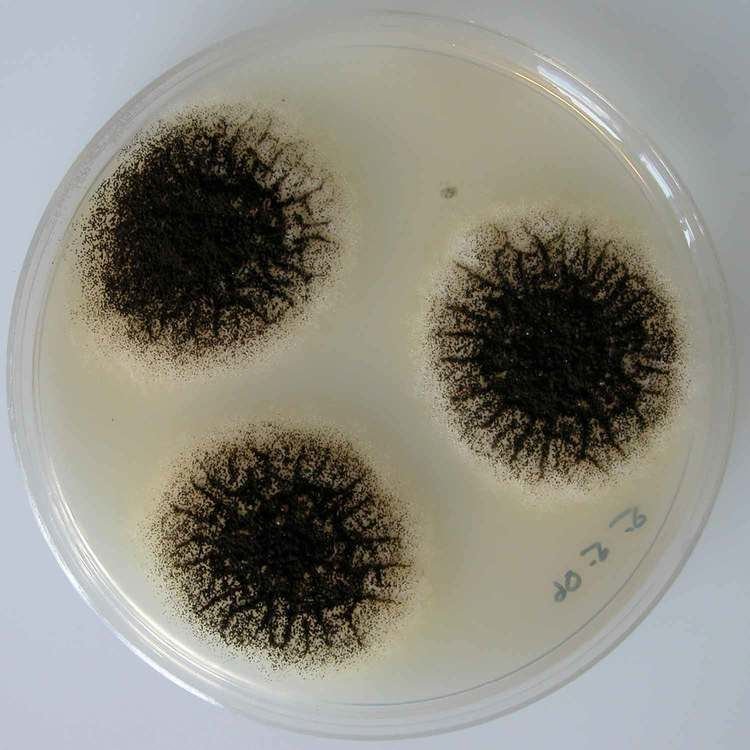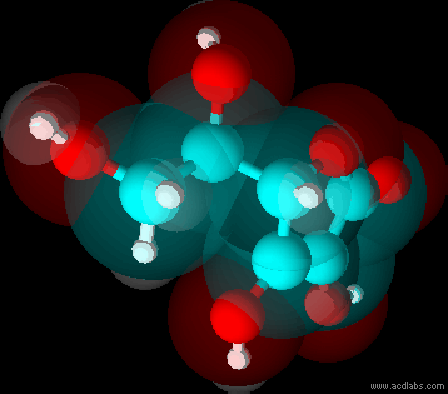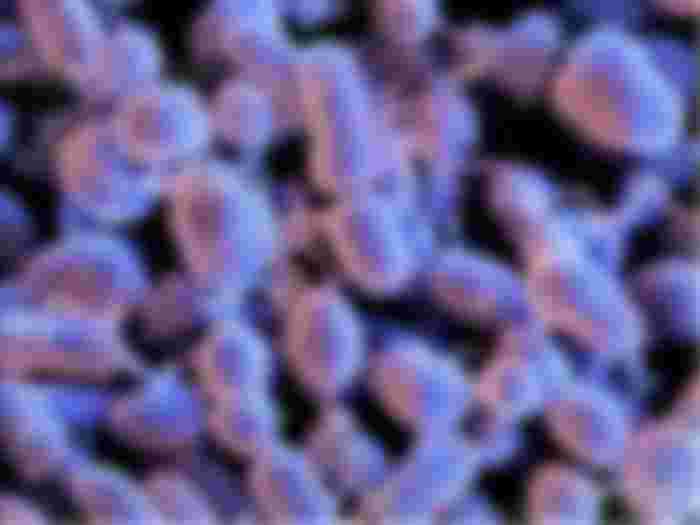Where does Vitamin C come from?

Given these trying times with the pandemic and all, the best thing we can do for ourselves is to boost our help with the use of vitamins and such. Among those vitamins that we almost always take is vitamin C or as most know it, ascorbic acid.

Ascorbic acid has been used as a food preservative and as a food supplement for almost 100 years now and has continued to be a popular chemical in almost all of your food stuff (seriously, go check the labels of your food stuff, you'll see ascorbic acid or vitamin C a lot of those)
But have you ever even wondered where all that vitamin C come from? As much as plants and animals can produce vitamin C through metabolism, that amount produced is definitely not enough to supply us with the amount we need. The human body needs around 75-90 mg of vitamin C daily, much more than that actually since our bodies can't really produce it, which is why it's recommended for us to take it daily.
Getting it from animal sources won't get you enough since it will mostly be gone by the time the meat is cooked.
And getting it from plants and fruit would definitely require you to make a change in diet to all fruits and veggies if it's just the daily dose of vitamin C you're after. As much as most of us believe and want to believe that vitamin C mostly comes from our citrus fruits, the vitamin C those fruits produce also don't reach at least the human daily dosage that we need
So where do we get the vitamin C that we need so much?

The answer to that is through fungi. Gluconobacter oxydans one of the most well known manufacturers of Vitamin C or ascorbic acid. Yearly, this amazing bacteria can produce more than enough to provide for a lot of people given the dosage recommendation and also why it's quite cheap to buy these vitamins, now that you know it's a product of bacteria (still can't find updated details on the most recent yield output per year but last I checked it was at 1 ton per year)

Although there are other microbes that produce vitamin C, the yield from those don't come to match the producing power of the Gluconobacter oxydans. How they produce the vitamin C can be simplified by saying that the sugars these bacteria feed on eventually get metabolized and converted to ascorbic acid through biochemical processes and it would actually take a really long time to elaborate on it further so just the simplified version is enough





Educative this is a question I do ask myself So ascrobic acid is getting from gluconobacter oxydan Thanks for sharing